COVID-19: The Time for Securing Health and Racial Equity is Now
Today, we are honored to welcome a special guest contribution by Miguel A. Vazquez, the chair of the new initiative, PHEAL - Planning for Health Equity, Advocacy, and Leadership. Miguel will tell the story of how PHEAL evolved, what it stands for, and why we must work to power all of its principles and values.
Just 37 weeks ago, the U.S. had "zero" COVID-19 cases of infection and certainly "zero" deaths attributed to this Novel Coronavirus. Remember those days? I do. I vividly recall January 27, 2020, when I was demonstrating a parklet as part of an active transportation plan. Celeste, my coworker, and I were wrapping up our activities for the day and talked about the meaning of "quarantine." We got into that conversation after receiving the news that a plane carrying 240 passengers from Wuan, China--where the Coronavirus reportedly first appeared--was on its way to March Air Reserve Base, which is located 13.3 miles from my home in Riverside County, California. The report indicated that some of the passengers would have to quarantine for 14 days. My argument was that quarantine means 40 days of isolation to prevent the spread of a plague. Little did we imagine that the entire world was about to experience one of the most disruptive global events in recent generations. According to the Center for Systems Science and Engineering at Johns Hopkins University, the current global case count surpasses 28 million. About 22.6 % of those cases correspond to the U.S., where the disease has claimed 193,000 lives. To put that number into context, in a few days when the death toll reaches 200,000, it would equal the number of people living in the State of Utah's Capital, Salt Lake City.
Before springtime arrived, the number of COVID-19 cases had risen to alarming rates prompting our nation's health systems to race toward "flattening the curve". Getting us into lockdown, meaning isolation, was the most crucial preventive strategy at the time to control disease’s spread. This period of isolation, which in some places has gone beyond the 40 days, has thrown just about everything we consider "normal" into disarray. I don't need to get into any details on this, as it would be logical to assume that no one has gone unaffected in some way or another due to the pandemic. What is not an assumption is that the epidemic has severely impacted communities overburdened with health inequities.
Planning for Health Equity, Advocacy, and Leadership Guiding Principles: A Blueprint for the COVID-19 Era and Beyond
For over ten years, one of our objectives at the Riverside University Health System-Public Health (RUHS-PH) is to integrate public health considerations into planning processes. Key strategies to advance this work include coalition building, capacity building, and policy development. A few years ago, for example, RUHS-PH began to pave the way for the creation of a National Healthy Communities Platform in collaboration with the New Partners for Smart Growth. This year, our work shifted to COVID-19 response and confronting the crisis . Our initial steps included organizing a series of webinars on planning and health in the time of COVID-19 in collaboration with Planners4Health, California. As the pandemic progressed, it was imminent that our traditional planning practices, beliefs, assumptions, and processes would need to adapt and respond to our current situation. The idea of a "new normal" has stirred the imagination of planners, architects, designers, engineers, advocates for environmental justice, artists, public policy and data experts, public health professionals, and so many others who understand the determining role the built environment plays into community and individual health outcomes. Most importantly, the idea of going back to pre-COVID-19 community development thinking and practice seems to feel archaic and, to an extent, dangerous--particularly in historically overburdened communities with health inequities.
As such, a national cohort of champions for equitable communities convened to develop a set of principles for health equity in planning and related professions. The original intent was to secure 20 individuals to reaffirm the need to empower and elevate the voices of historically overburdened communities with health inequities and the development of a blueprint for moving forward in the COVID-19 era. In the end, close to 80 professionals were involved in various capacities, including the formation of a 7-member steering committee, drafters, and reviewers. The process included three virtual meetings over a period of 2 months and numerous document draft iterations. As the project moved through the timeline, the killings of George Floyd and Breona Taylor resulted in international outrage and inevitably added an urgent need to address systemic racial justice into the document. The result is the Planning for Health Equity, Advocacy, and Leadership (PHEAL) Guiding Principles.
We hope that this document will help other professionals center their work on health and racial equity and help identify avenues to eradicate systems, policies, practices, and beliefs that suffocate the life and joy of communities overburdened with health inequities.
I know it's going to take herculean work and significant time to recover, but I envision the day when the data will show "zero" COVID-19 cases and "zero" related deaths as it did back when this crisis started. I also imagine the day when we can say, "today, our communities are healthy and equitable." The question is, can you? Please join us; let's work together on getting our communities back and making them equitable and better than ever!
—
Miguel A. Vazquez, AICP
Miguel A. Vazquez serves as the PHEAL Initiative's Chair. He is the Healthy Communities Planner at the Riverside University Health System-Public Health in California and is an active member of the American Planning Association, where he serves on various committees, including the Equity, Diversity, and Inclusion Advisory Committee.
